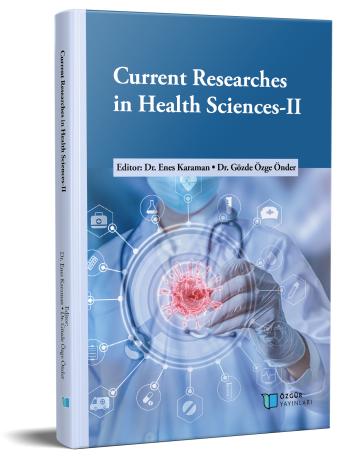
Targeting the SH2 Domain of STAT3 Proteins in Breast Cancer Treatment
Chapter from the book:
Karaman,
E.
&
Önder,
G.
Ö.
(eds.)
2023.
Current Researches in Health Sciences-II.
Synopsis
Stat proteins, transcription factors that convert extracellular stimuli into appropriate biological responses, are involved in many normal physiological cell processes, including proliferation, differentiation, apoptosis, angiogenesis, and immune system regulation. Irregular Stat activation is often associated with tumorigenesis. This situation has made the Stat pathway an interesting target for drug development studies in cancer treatment and has led to the development of various inhibitors targeting this pathway. Stat signal inhibitors are divided into two main groups as inhibitors with direct and indirect effects. Direct inhibitors target the SH domain, DNA binding domain, or N-terminal domain of the Stat3 protein; indirect inhibitors target upstream components of the Stat3 pathway, such as JAK2 and EGFR. It is known that Stat3 has a strong relationship with the formation of breast cancer and its permanent activation is most pronounced in breast cancer. In this study, primarily the components of the Stat signaling pathway, activation/inactivation and the functions of Stat3 were emphasized, the inhibitors that act by directly inhibiting the SH2 domain of Stat3 proteins in breast cancer cells were focused, and the results of the research examining the effects of these inhibitors on breast cancer cells were compiled.

